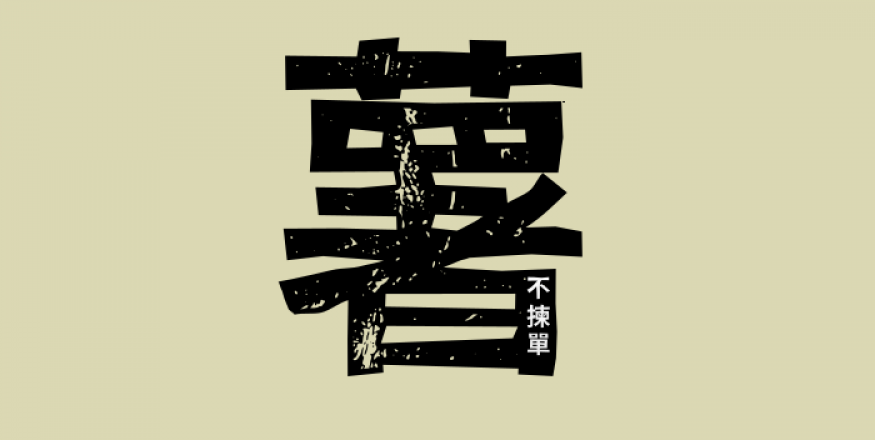Streptomyces 是一種能夠為植物提供良好保護的細菌,它們駐紮在植物的根部,釋放出不同的物質及抗生素,消滅泥土間對植物有害的細菌。541Please respect copyright.PENANAK9moeDZalF 541Please respect copyright.PENANAt4oUDhOApY
541Please respect copyright.PENANAt4oUDhOApY
541Please respect copyright.PENANAvPzXjVxK0j
但是,Streptomyces 已知是一種不懂得自我移動的細菌,它們到底是如何抵達植物根部的呢?541Please respect copyright.PENANArNeEn9blw4
541Please respect copyright.PENANA7RVqH3J34R
(圖2)雖然Streptomyces 並不懂得自我移動,但它的嬰兒形態(Spore)可以黏附在懂得自我移動的細菌的鞭毛之上,搭順風車在泥土之間行走。541Please respect copyright.PENANAVjKIru7cqH 541Please respect copyright.PENANAIpTNnYwgYc
541Please respect copyright.PENANAIpTNnYwgYc
541Please respect copyright.PENANAPJxrCJ4d2b
541Please respect copyright.PENANAmZu3u6C0Mb
(圖3)研究更發現,Streptomyces spore 是依靠其表面名為Rodlein的蛋白質與其他細菌的鞭毛作出黏貼。541Please respect copyright.PENANASDRZZFO3yG 541Please respect copyright.PENANAEZYdU49VHu
541Please respect copyright.PENANAEZYdU49VHu
541Please respect copyright.PENANAb3s2aNvGpB
若果失去Rodlein蛋白質的話,那些Spore亦會因而失去搭順風車的能力。541Please respect copyright.PENANAMjqgDY6EOy
由此可相信,這是其中一道Streptomyces抵達植物根部的機制。541Please respect copyright.PENANALQ0SLGI3KI
541Please respect copyright.PENANAZcdUIbip3q
現時多國已打開大門讓各Spore前往理想之地,是否願意往外闖一闖抵達植物根部,還是留守原地等運到,一切也是你的選擇。541Please respect copyright.PENANAhN0cnGCvNd
541Please respect copyright.PENANALXzaUmLWOW
如果想我快啲出文的話,請入去Penana網站科普專欄–薯不揀單俾一個like以及Bookmark,這對我非常之重要。541Please respect copyright.PENANA6yW467BwRg
541Please respect copyright.PENANAV0ykyh3L1H
Link: https://www.penana.com/story/66244/%E7%A7%91%E6%99%AE%E5%B0%88%E6%AC%84-%E8%96%AF%E4%B8%8D%E6%8F%80%E5%96%AE/toc541Please respect copyright.PENANARWA75VyZ78
541Please respect copyright.PENANAvBJXPpUDPe
同時亦可以在Penana網站裡按「買一嚿/半嚿薯仔」,以課金的方式推動我繼續搜羅資料寫文,多謝。541Please respect copyright.PENANAz4YEWIwLrD
541Please respect copyright.PENANAQd4YzWW46x
Link:541Please respect copyright.PENANAhThO6mhmTc
https://www.penana.com/user/27349/%E8%96%AF%E4%BB%94%E8%81%9E%E8%8C%B1%E8%8E%89/portfolio541Please respect copyright.PENANAVGUCaAZLMY
541Please respect copyright.PENANAJH1KRolpBi
541Please respect copyright.PENANAERFn6pUR5o
除非Facebook及IG重開侵侵的account,否則我的IG將不會再作更新,只會寄居本土LIHKG及Penana。541Please respect copyright.PENANAXgPfF3Ko5H
541Please respect copyright.PENANAGZqPiaYqwR
Ref1:https://www.nature.com/articles/s41396-021-00952-8541Please respect copyright.PENANAGwqCCsS9Y5

Penana
search
登入arrow_drop_down
註冊arrow_drop_down

































